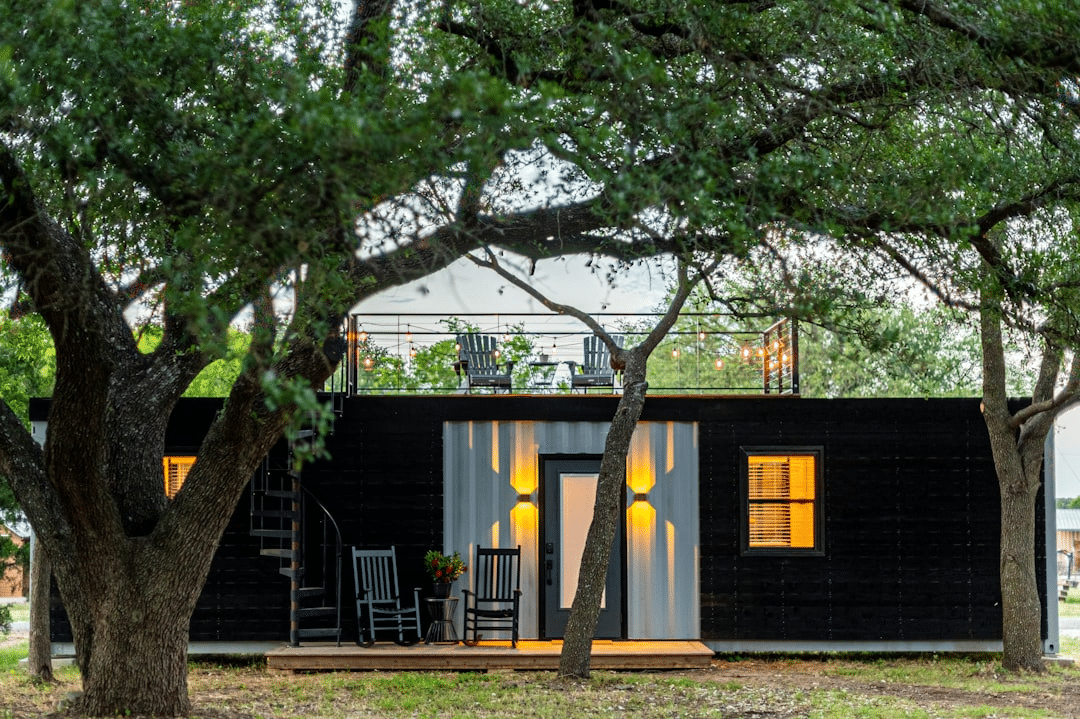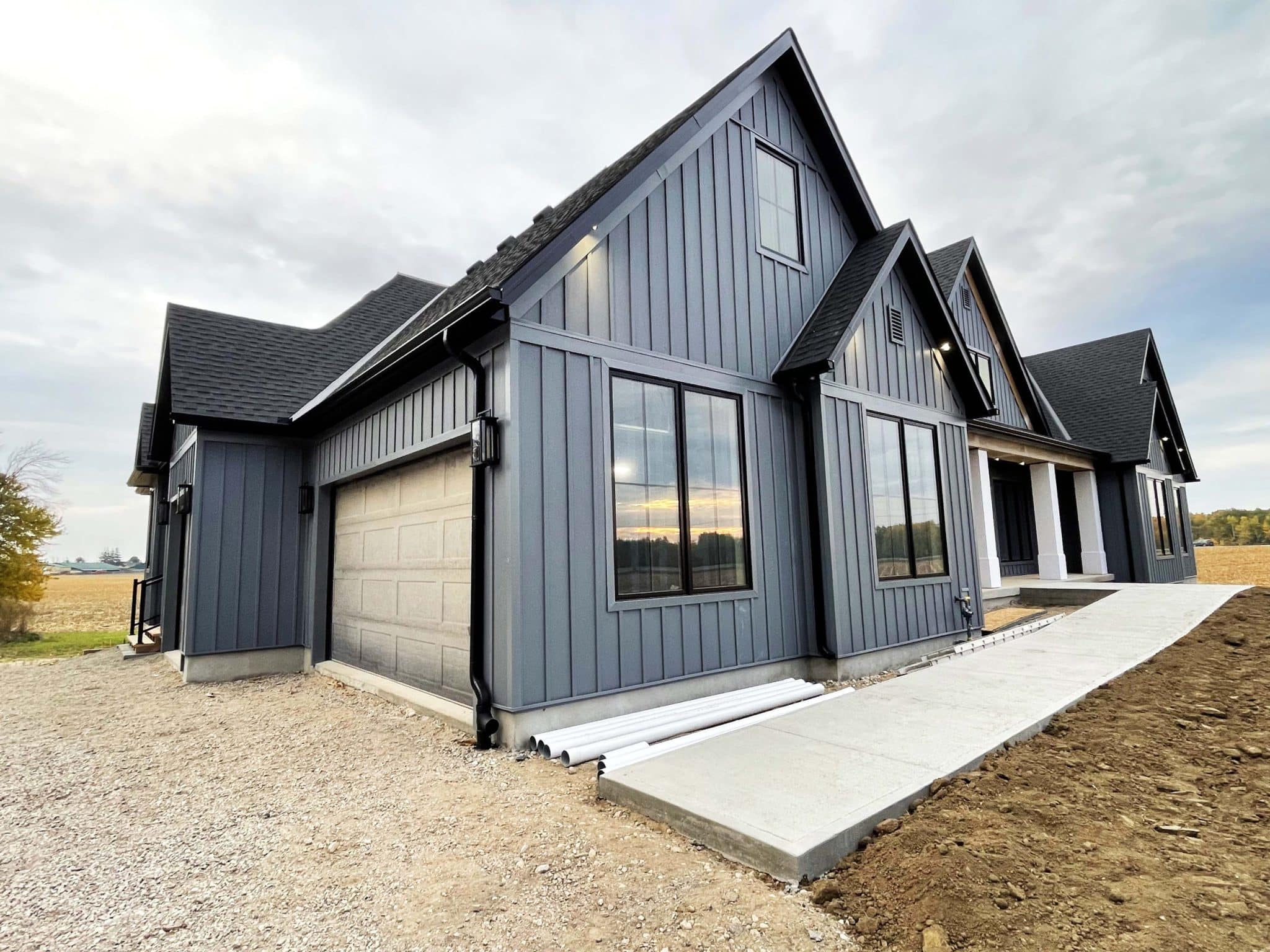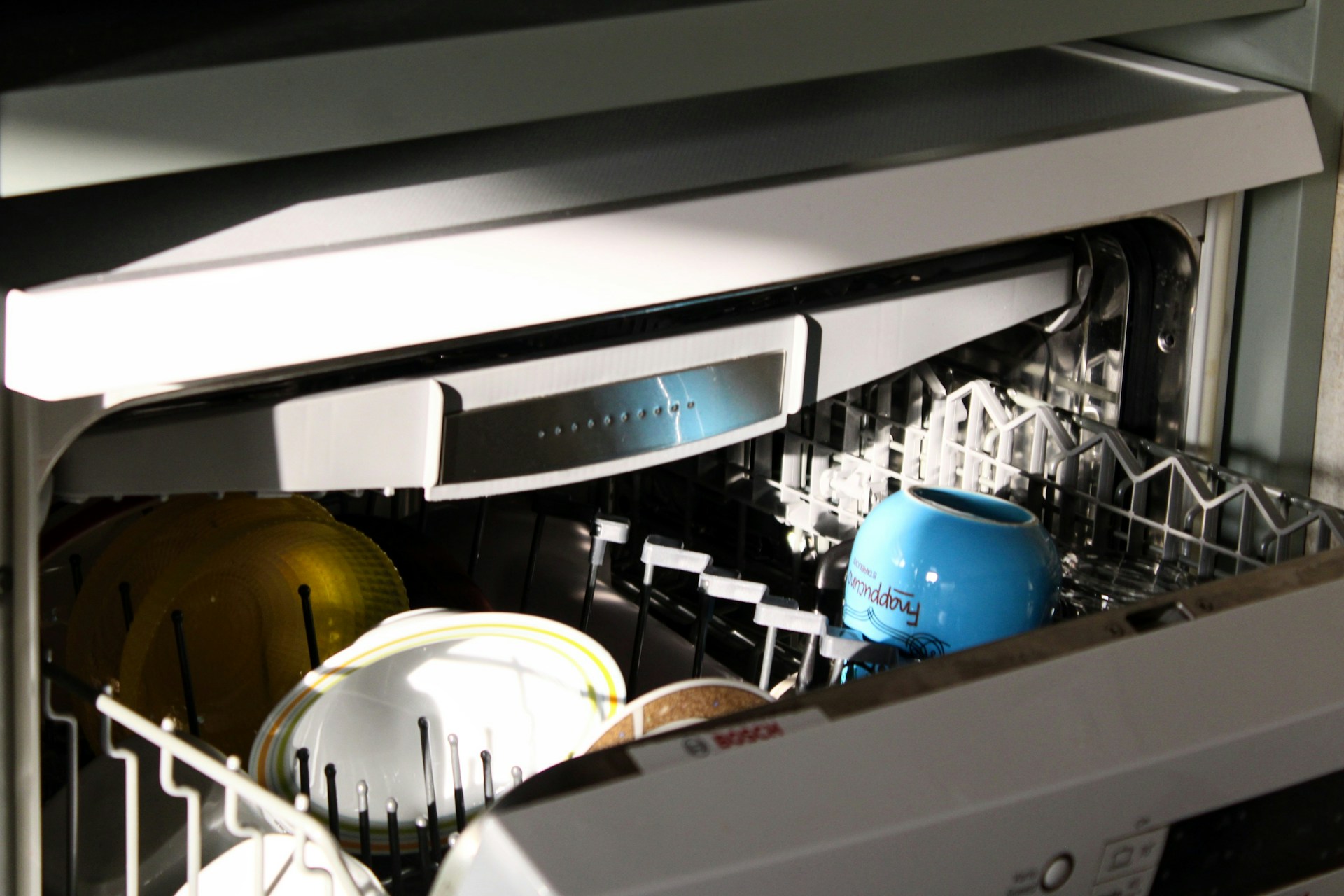Creating An Event Theme That Resonates
When it comes to event planning, creating a theme might seem like something fun to do on the side—just an extra layer of decoration and design. But in reality, a well-thought-out theme is one of the most powerful tools you have to make your event stand out. The theme sets the tone, shapes your attendees’ experience, and helps communicate your message effectively. Whether you’re hosting a corporate conference or a lively celebration, your event’s theme can either make or break the overall vibe.
In this article, we’re going to take a deeper look at how you can create an event theme that not only captures attention but also resonates with your audience in a meaningful way. It’s all about more than just aesthetics—it’s about strategy, engagement, and making a lasting impression.
1. Understand Your Event’s Purpose

The first step in creating a resonant event theme is understanding your event’s core purpose. Why are you hosting this event, and what message do you want to communicate? Are you trying to foster business connections? Celebrate a milestone? Inspire creativity? These core questions will guide you in choosing a theme that works toward your objectives.
For example, if you’re selecting event venues in NYC for a high-energy product launch, you might want a sleek, modern theme that speaks to innovation and excitement. But if you’re planning a more relaxed networking event, you may choose a theme that’s professional yet welcoming—something that encourages open dialogue and connection. Identifying your goals first will help ensure that your theme supports the purpose of your event and isn’t just a surface-level decoration.
2. Know Your Audience
Once you’ve clarified your event’s purpose, the next step is to think about the people who will be attending. A great event theme speaks directly to the audience and makes them feel included, inspired, and excited. Your audience should be at the heart of your theme decision-making.
Ask yourself: What interests or values do your guests share? Are they creative professionals who would appreciate something artistic or trendy, or are they a corporate crowd looking for something more sophisticated and straightforward? Understanding your audience will help you tailor your theme in a way that speaks to their interests, needs, and personalities.
For example, if you’re hosting an event for young tech professionals in a city like New York, you may want to go with a theme that incorporates cutting-edge technology or sleek minimalism. On the other hand, if your event is for a more traditional crowd, you might choose a timeless theme, like an elegant “black-tie” evening or a vintage-inspired design.
3. Stay True to the Event Type
Different types of events come with different expectations, and your theme should reflect that. A corporate conference won’t feel right with a casual beach party theme, just as a wedding won’t feel complete with a gritty urban industrial look. The type of event you are hosting will help you decide what works best and what could come off as mismatched.
For example, if you’re hosting a formal gala at one of the more upscale event venues in NYC, your theme might lean toward something classic, such as an old Hollywood glamour theme or an elegant garden party. But if you’re organizing a fun, laid-back outdoor event like a summer BBQ or festival, your theme might take on a more rustic or playful tone.
Keeping your theme aligned with the event’s type ensures that your guests are comfortable and that everything from the decorations to the activities fits naturally within the overall atmosphere.
4. Incorporate the Venue into the Theme
Speaking of venues, the place where you host your event should play a big part in shaping your theme. The venue’s architecture, layout, and existing features can all contribute to creating a memorable experience for your guests. It’s not just about choosing any venue—it’s about finding one that complements your theme.
For example, if you choose a modern, sleek venue in the heart of NYC, you might want a contemporary, futuristic theme that matches the space’s clean lines and sharp edges. If your venue has a more historic, grand atmosphere, such as a vintage ballroom or old library, your theme could reflect that by drawing from vintage styles or historical elements.
On the other hand, if you choose an outdoor venue with a beautiful natural setting, consider a rustic or boho theme that uses the environment to its advantage. The more you tie the venue into your theme, the more cohesive the experience will be for your guests.
5. Keep It Simple but Impactful

While it’s tempting to go all-out with intricate details, a successful theme doesn’t always mean you have to overload your guests with every possible design element. Sometimes, less is more. A simple yet impactful theme can have a stronger effect than one that’s too busy or overcomplicated.
The key is to focus on a few core elements that will make a statement without overwhelming the space. Think about how you can create a cohesive experience with your theme—through colors, lighting, and small details like table settings, floral arrangements, and signage. Using bold statements in key areas (like a feature wall or centerpiece) can keep the attention focused on the most important elements of the event.
Whether it’s a signature color or a theme-defining feature, subtlety can often have a stronger impact than trying to incorporate too many ideas at once.
6. Consider Interactive Elements
One of the best ways to make your theme resonate is by making it interactive. Allow your guests to engage with the theme in a fun, hands-on way. This could be through interactive displays, themed photo booths, or engaging activities that reflect the overall message of your event.
For example, if you’re hosting a networking event, you could incorporate an interactive icebreaker game that ties into the theme, such as a “future trends” activity for a tech-themed event. For a wedding, guests could take part in a “wishing tree” where they write down their best wishes for the couple, complementing a nature-inspired theme.
When guests can physically interact with your theme, it creates a deeper connection to the event and allows them to take something meaningful away from the experience.
7. Use Technology to Enhance the Theme
In today’s digital age, technology can be a powerful tool for bringing your theme to life. Whether it’s through a custom event app, interactive screens, social media integrations, or even themed virtual reality experiences, technology can help elevate your theme and engage your audience in ways that were never possible before.
For example, you might use projection mapping to transform the walls of your venue into a vibrant, immersive experience that aligns with your theme. Or, you could have a live social media feed displayed on a screen, where guests can post photos and comments related to the theme.
Leveraging technology to amplify your theme not only boosts engagement but also gives your event a modern edge that will impress your guests.
Conclusion
Creating an event theme that resonates is all about strategy and intent. It’s more than just picking a fun color palette or some decorations. Your theme should align with your event’s goals, speak to your audience, and be cohesive with your venue. When executed thoughtfully, your theme can make your event unforgettable and leave your guests with a lasting impression. So, take the time to plan carefully, be creative, and let your theme shine through every detail. Whether it’s a formal corporate gathering or a laid-back party, a well-crafted theme will set the stage for a memorable experience.







